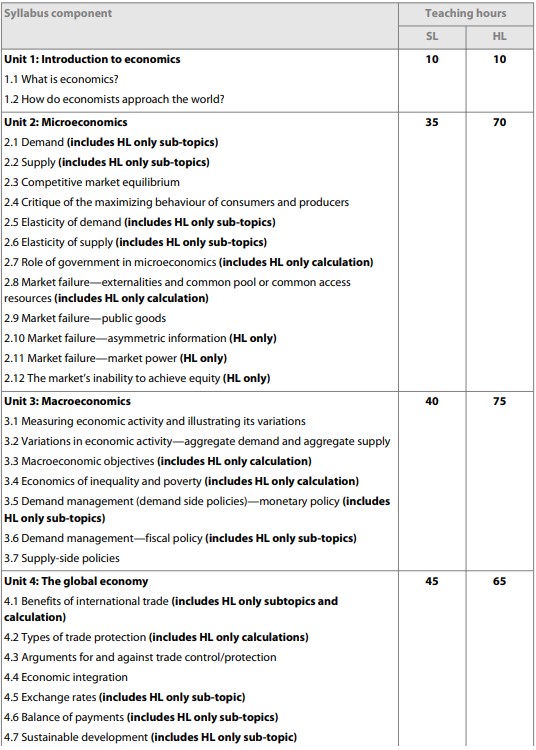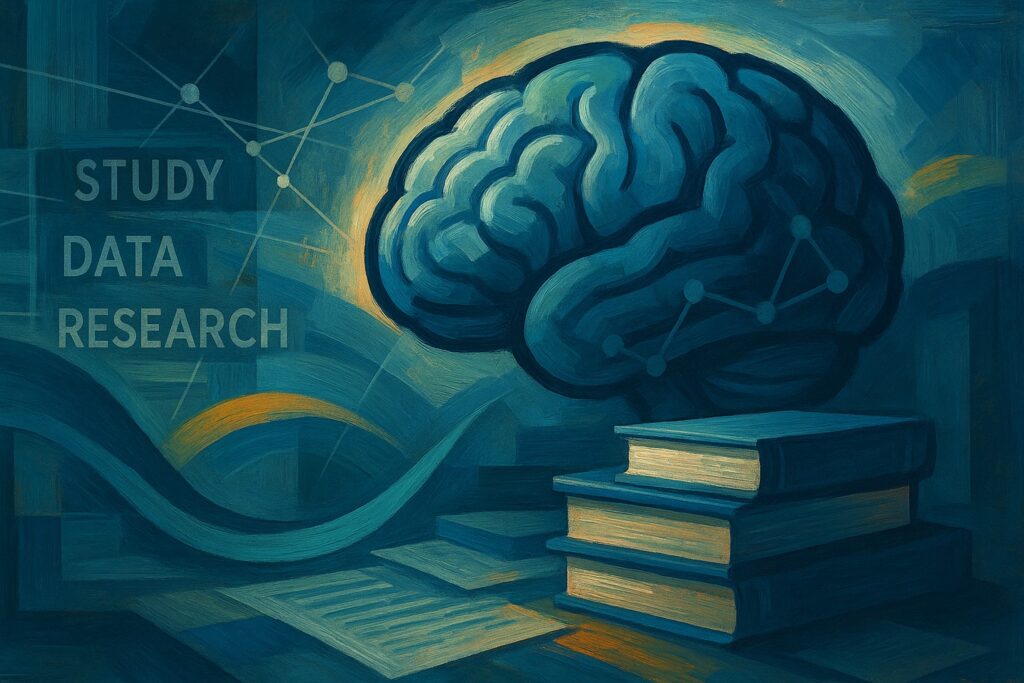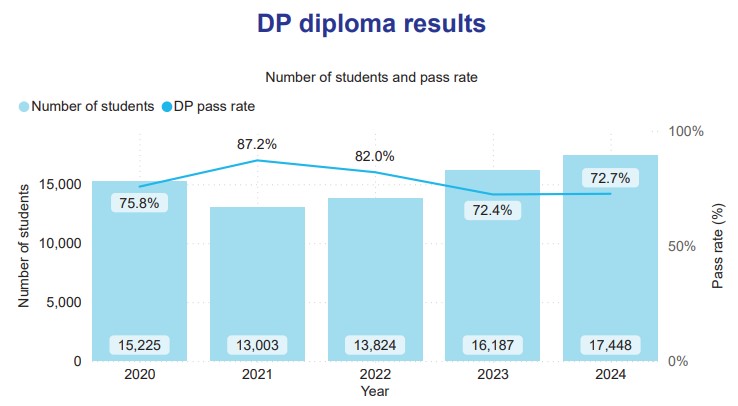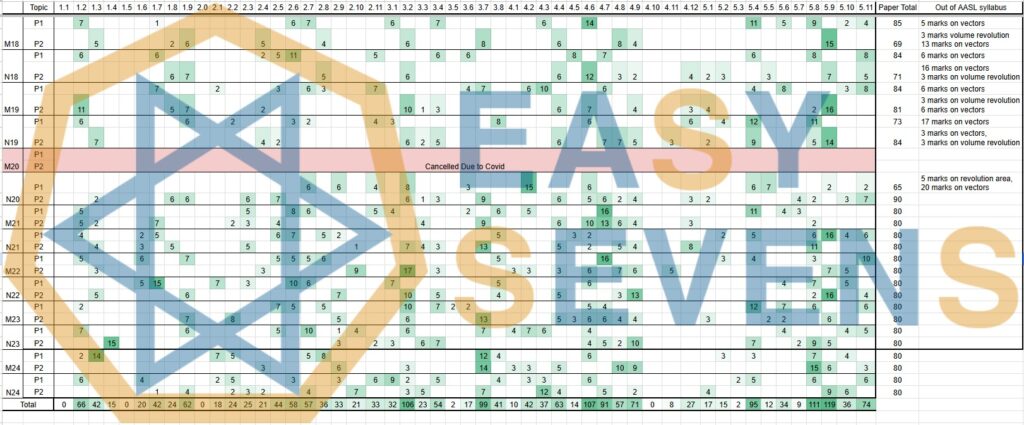The International Baccalaureate (IB) program is renowned for its rigorous academic curriculum, and one of its staple subjects, Economics, underwent a transformation in 2022. If you’re one of the trailblazers embarking on your IB journey in 2022, you’ll be among the first to navigate the revamped Economics syllabus. In this comprehensive guide, our IB Economics tutor will unravel the changes, offering insights, tips, and a roadmap to excel in this newly minted course.
Understanding the Overhaul
1. New Units
The 2022 IB Economics syllabus introduces a fresh perspective by reshuffling the content into four main units:
Introduction to Economics: This unit spans 10 teaching hours and delves into fundamental questions like ‘what is economics?’ and ‘how do economists approach the world?’
Microeconomics: Whether you’re pursuing SL (Standard Level) or HL (Higher Level) Economics, this unit consumes 35 hours for SL and 70 hours for HL. It covers concepts such as supply, demand, government intervention, and market failure.
Macroeconomics: With 40 teaching hours for SL and 70 hours for HL, this unit explores measures of economic activity, macroeconomic objectives, demand-side policies, and supply-side policies.
The Global Economy: This unit allocates 45 teaching hours for SL and 65 hours for HL, focusing on international trade benefits, protectionism, exchange rates, balance of payments, sustainable development, and barriers/strategies to development.
Changes from the Old Syllabus:
Previously, “Introduction to Economics” was not considered a full unit, and “The Global Economy” was divided into two smaller units named “International” and “Development.”

2. Exam vs. IA Weighting
The weightage for assessments has been recalibrated in the new syllabus:
For SL Economics:
- IA (Internal Assessment) commentaries now constitute 30% of your overall grade.
- Paper 1 retains its weight at 30%, while Paper 2 carries a 40% weight.
For HL Economics:
- Paper 1’s importance diminishes to 20% of the overall grade.
- Paper 2 and Paper 3 each weigh 30%.
- IA contributes the final 20%.
Changes from the Old Syllabus:
Previously, SL students had their IA worth 20%, with both Paper 1 and Paper 2 equally valued at 40%. For HL students, Paper 1 and Paper 2 were each 30%, Paper 3 at 20%, and IA at 20%.
3. HL Paper 3 – The ‘Policy Paper’
In the revamped syllabus, Paper 3, formerly known as the ‘quantitative paper,’ takes on a new role as the ‘policy paper.’ This transformation is significant:
- You will face two compulsory questions.
- The focus pivots toward quantitative elements in the syllabus.
- A greater emphasis on providing definitions and explanations.
- Each question will challenge you to recommend policies based on the given scenario.
Changes from the Old Syllabus:
Previously, Paper 3 primarily assessed quantitative skills, with limited requirements for explanations or definitions. This shift makes Paper 3 more comprehensive and potentially more challenging.
4. Increased Focus on Sustainability
The 2022 syllabus introduces a notable addition: sustainability. This entails a dedicated section on sustainable development, covering its meaning, sustainable development goals, and the nexus between sustainability and poverty. Moreover, the concept of environmental sustainability is interwoven throughout the entire syllabus.
Given this introduction, it’s prudent to anticipate that sustainability-related questions may feature prominently in your exams. Therefore, mastering these topics is key to success.
What Remains Unchanged
While the 2022 IB Economics syllabus ushers in several noteworthy changes, the core essence of the subject remains consistent with its predecessor. Here’s what remains unchanged:
- The fundamental principles and core teaching of economics endure.
- Assessments, comprising exams and IA, exhibit minimal changes.
- Although some topics have expanded, others have been trimmed down, leaving the heart of the subject intact.
So, should you discard your old syllabus textbooks? Not entirely. While the changes are substantial, the similarities between the two syllabi mean that resources from the previous version can still serve as valuable study aids. Using past exam papers is especially beneficial since many questions retain their relevance.
Conclusion
Navigating the new IB Economics syllabus for 2022 need not be a daunting task. With a clear understanding of the structural changes, an appreciation for the increased emphasis on sustainability, and the knowledge that the core principles remain steadfast, you are well-equipped to excel in this challenging course. Remember, success in IB Economics is not solely about mastering the content but also about your ability to apply economic principles to real-world scenarios and articulate your insights effectively.
FAQ
Yes, the changes introduced in 2022 are substantial. They involve restructuring the units, altering the weighting of assessments, redefining Paper 3 as the ‘policy paper,’ and introducing a focus on sustainability.
To excel in the new syllabus, ensure a strong grasp of the fundamentals, focus on sustainability topics, practice with past exam papers, and don’t hesitate to seek guidance from teachers or online resources.
Yes, using resources from the previous syllabus, especially past exam papers, can be beneficial since many core principles and concepts remain unchanged. However, make sure to supplement your studies with updated material to cover the new content adequately.
To excel in Paper 3, emphasize quantitative skills, provide clear definitions and explanations, and practice formulating policy recommendations based on the given scenarios. Familiarity with real-world economic policies will also be invaluable.
Sustainability is a prominent addition to the syllabus, indicating its increasing importance in the field of economics. It encompasses topics related to sustainable development, sustainable development goals, and the connection between sustainability and poverty, reflecting contemporary global concerns.




